Vortex scopes are crafted using a combination of materials, each chosen for specific properties that contribute to the scope’s performance, durability, and reliability. Here’s a breakdown of the materials and the reasons for their use
Common Materials for Making Vortex Scopes
Aircraft-Grade Aluminum
The use of aircraft-grade aluminum in the construction of the best Vortex scopes is not just a marketing gimmick; it’s a testament to the quality and durability the company aims to provide. This material, commonly used in aerospace industries, is renowned for its resilience against stress and strain. When you’re out in the field, whether hunting or shooting for sport, the last thing you want is equipment that buckles under pressure.
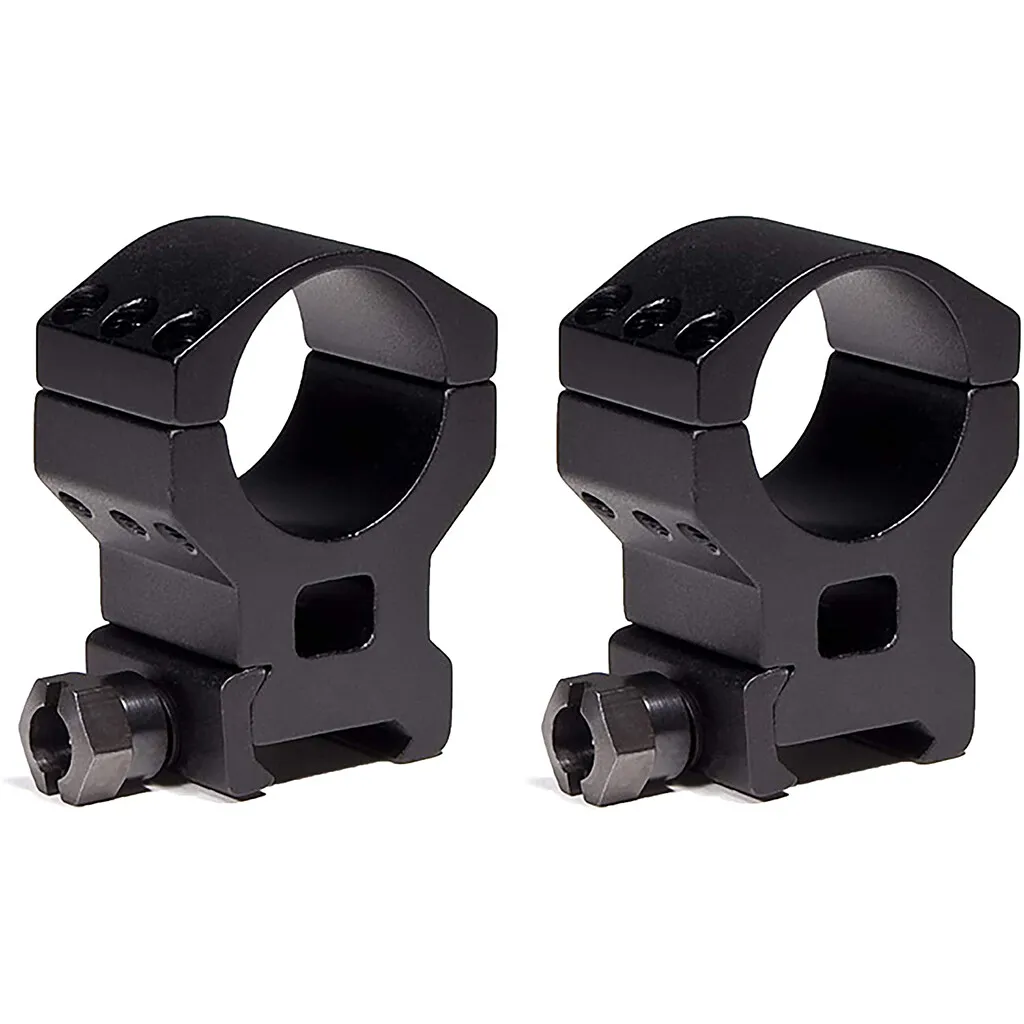
The lightweight nature of aluminum ensures that the shooter doesn’t feel bogged down, which is crucial for those who are on the move, tracking game, or switching positions frequently. Moreover, aluminum is resistant to rust and corrosion, ensuring that the scope remains in top condition even when exposed to moisture or humid environments. This longevity means that users see a return on their investment, with the scope lasting for years, if not decades.
Optical Glass
The choice of high-quality optical glass for the lenses is pivotal. When you’re aiming at a target, especially at longer distances, even the slightest distortion or aberration can throw off your shot. High-quality optical glass ensures that the image you see is true to life, without any distortions. This clarity is especially crucial for hunters, where identifying the specifics of the game, like age or gender, can be vital.
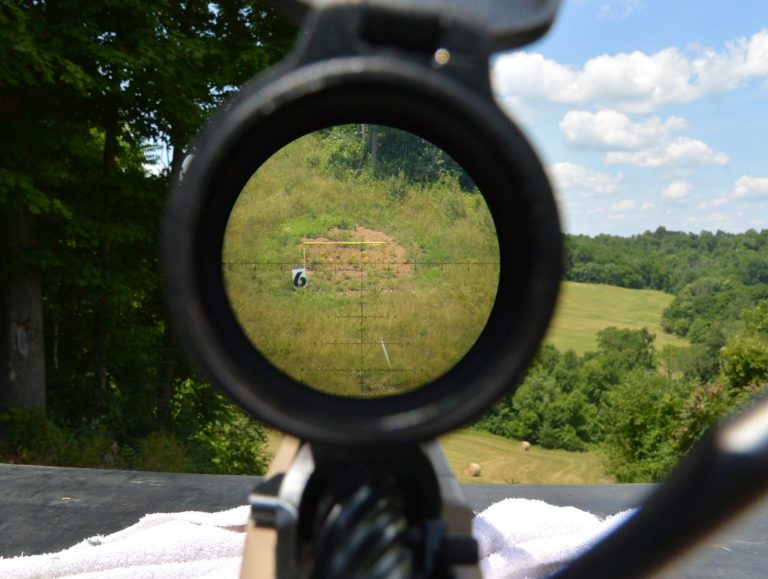
Moreover, subpar glass can introduce color fringing or reduce the brightness of the image, making it challenging to aim in suboptimal lighting conditions. By investing in top-tier optical glass, Vortex ensures that users get an unparalleled viewing experience, making aiming and shooting more accurate and enjoyable.
Lens Coatings
Lenses, no matter how high-quality, can suffer from issues like glare, reflections, or reduced light transmission. Vortex’s decision to incorporate multiple coatings on their lenses addresses these challenges head-on. These coatings serve multiple purposes. Anti-reflective coatings reduce the glare that can be especially problematic in sunny conditions.
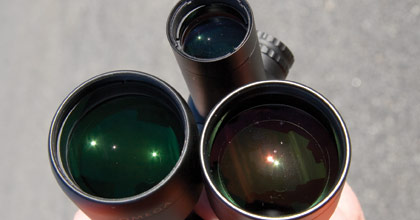
Protective coatings ensure that the lens remains free from scratches, which can degrade image quality over time. In an era where technology and innovation are paramount, these coatings represent the fusion of optics and modern science, ensuring that users get the best performance out of their scopes.
Nitrogen or Argon Gas
Temperature fluctuations can be a scope’s worst enemy. The internal fogging that results from these changes can render a scope useless just when you need it the most. By purging the scope with nitrogen or argon gas, Vortex tackles this issue at its core.
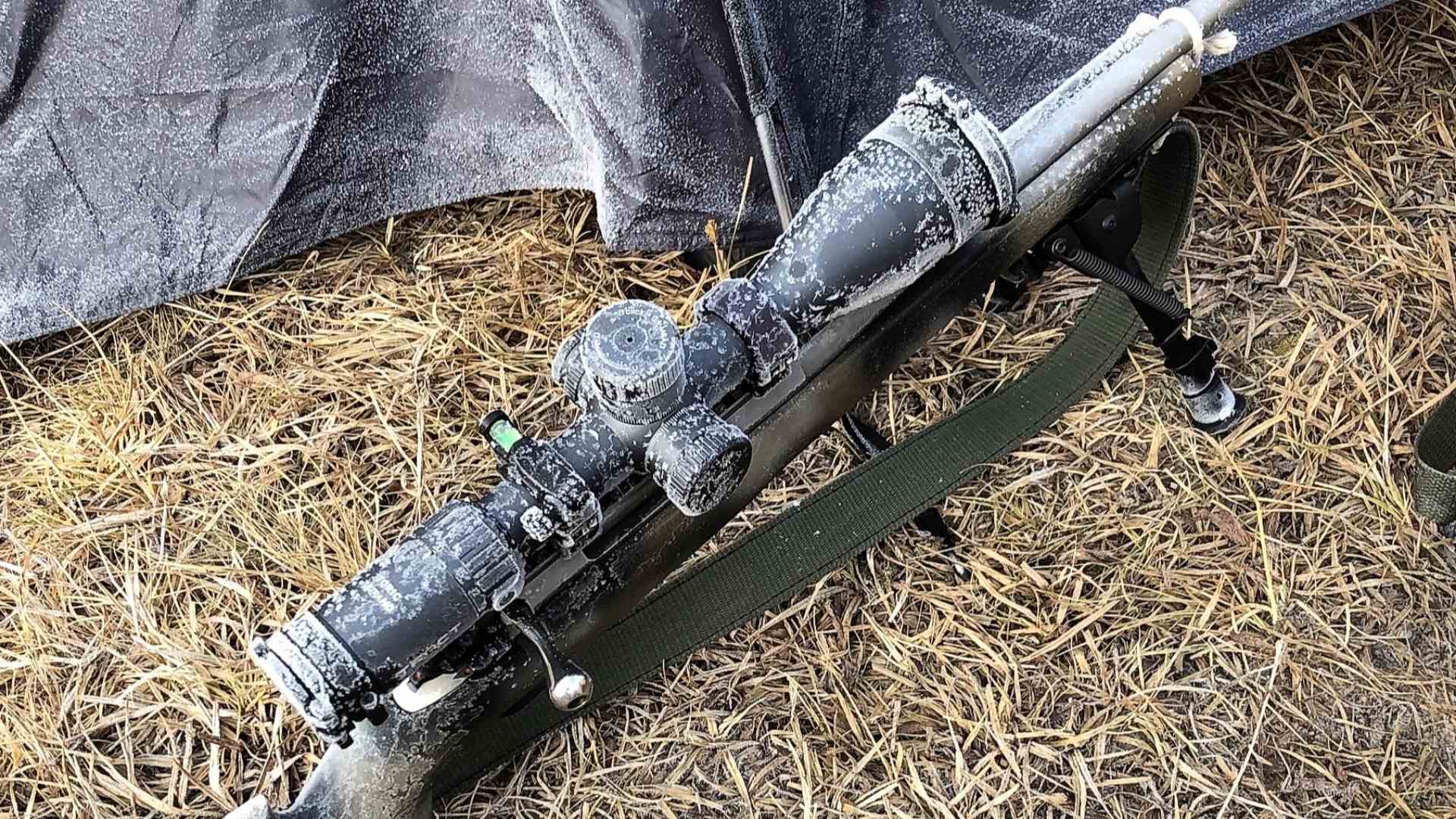
These gases are inert, meaning they don’t react easily with other substances. This ensures that the internal environment of the scope remains stable, free from moisture, and thus, fogging. For a hunter or marksman, this reliability can be the difference between a successful outing and a frustrating one.
O-rings and Seals
The outdoors is unpredictable. One moment it’s sunny, and the next, you’re caught in a downpour. Vortex’s decision to incorporate O-ring seals in their scopes is a nod to this unpredictability. These seals ensure a tight fit, preventing the ingress of not just moisture, but also minute particles like dust and debris.
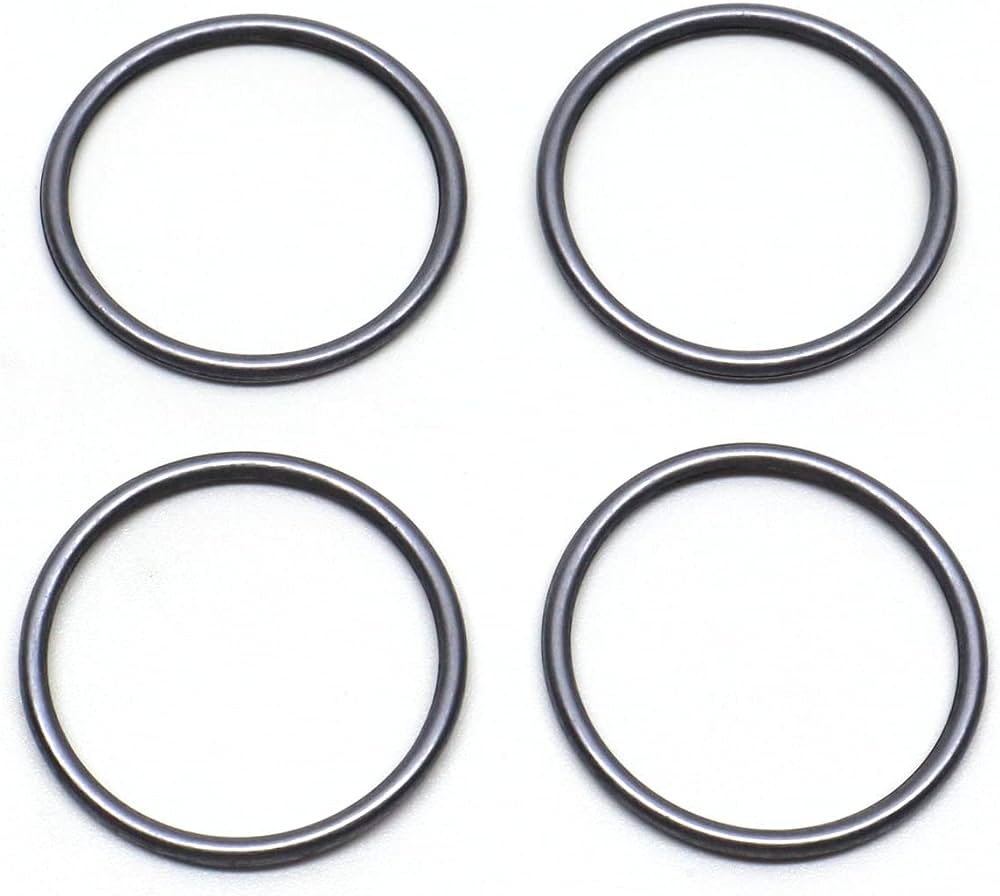
Over time, these particles can degrade the internal components of the scope, reducing its lifespan. The seals act as the first line of defense, ensuring that the scope’s internals remain pristine and functional.
Anodized Finish
A scope, while primarily a functional tool, is also an investment. The anodized finish that Vortex applies to its scopes ensures that this investment remains in top condition, both functionally and aesthetically. Anodizing is a process that increases the natural oxide layer on the surface of metal parts, in this case, aluminum. This enhanced oxide layer is much harder and more resistant to wear and tear.
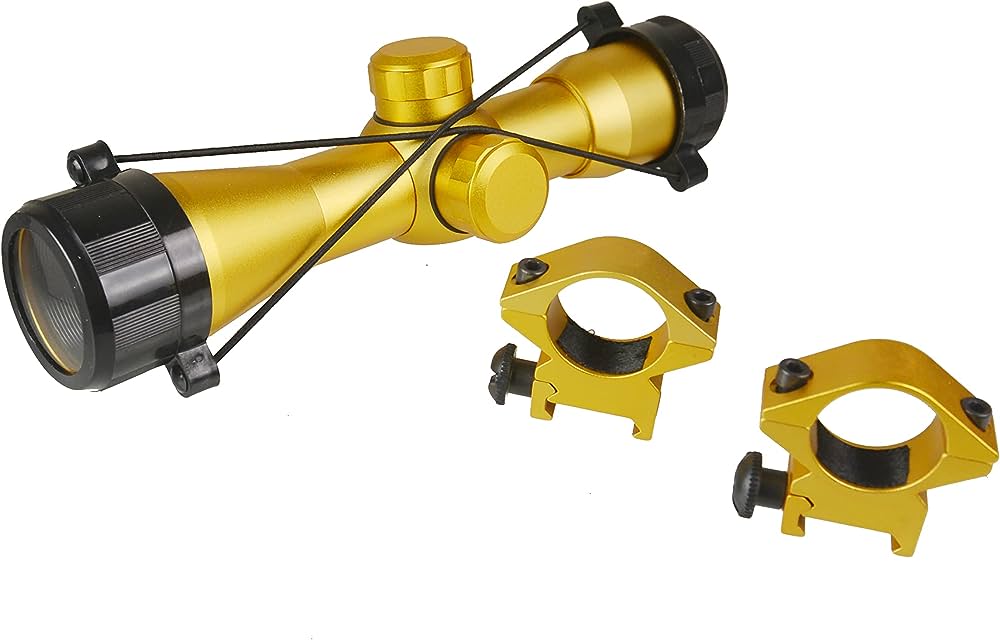
For users, this means a scope that resists scratches, dings, and other minor damages that can occur during regular use. Moreover, the finish provides a sleek, matte look to the scope, enhancing its visual appeal. In a market where aesthetics and functionality go hand in hand, Vortex’s decision to anodize their scopes ensures they remain at the forefront of both
The materials chosen for Vortex scopes are a testament to the company’s commitment to quality, durability, and performance. Each material plays a pivotal role in ensuring that the scopes can withstand the challenges of outdoor use while providing users with clear, accurate, and reliable optics
